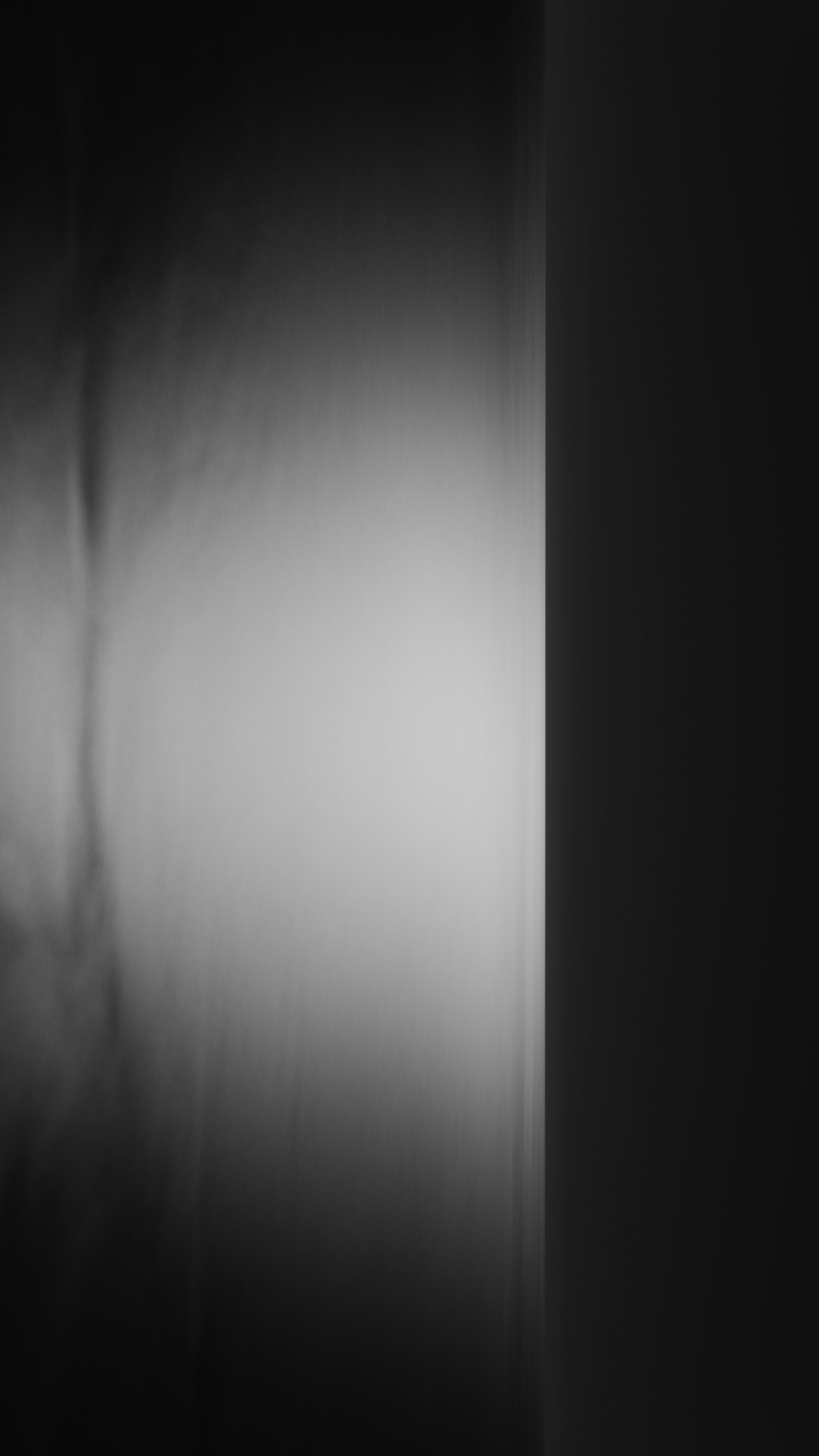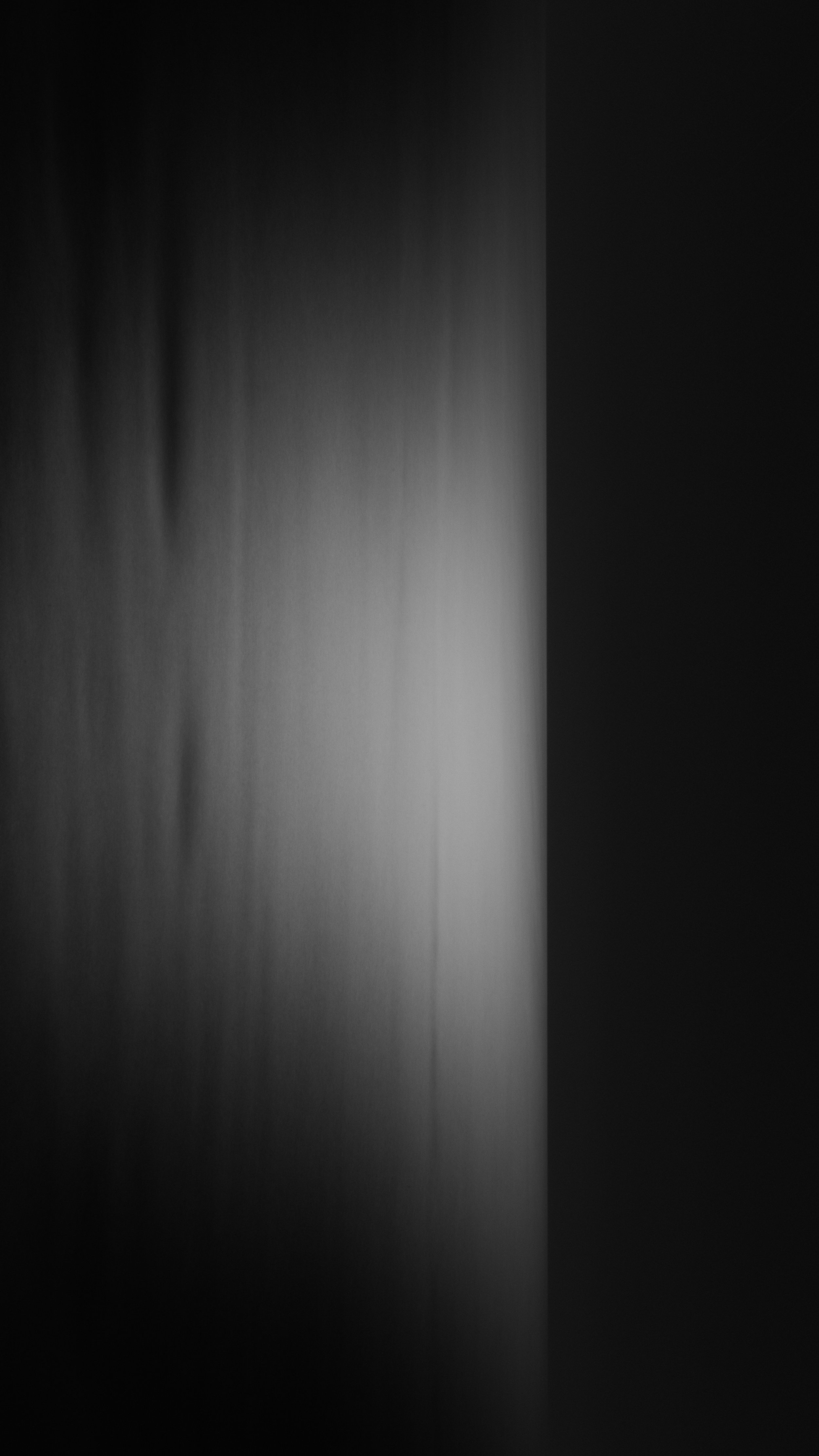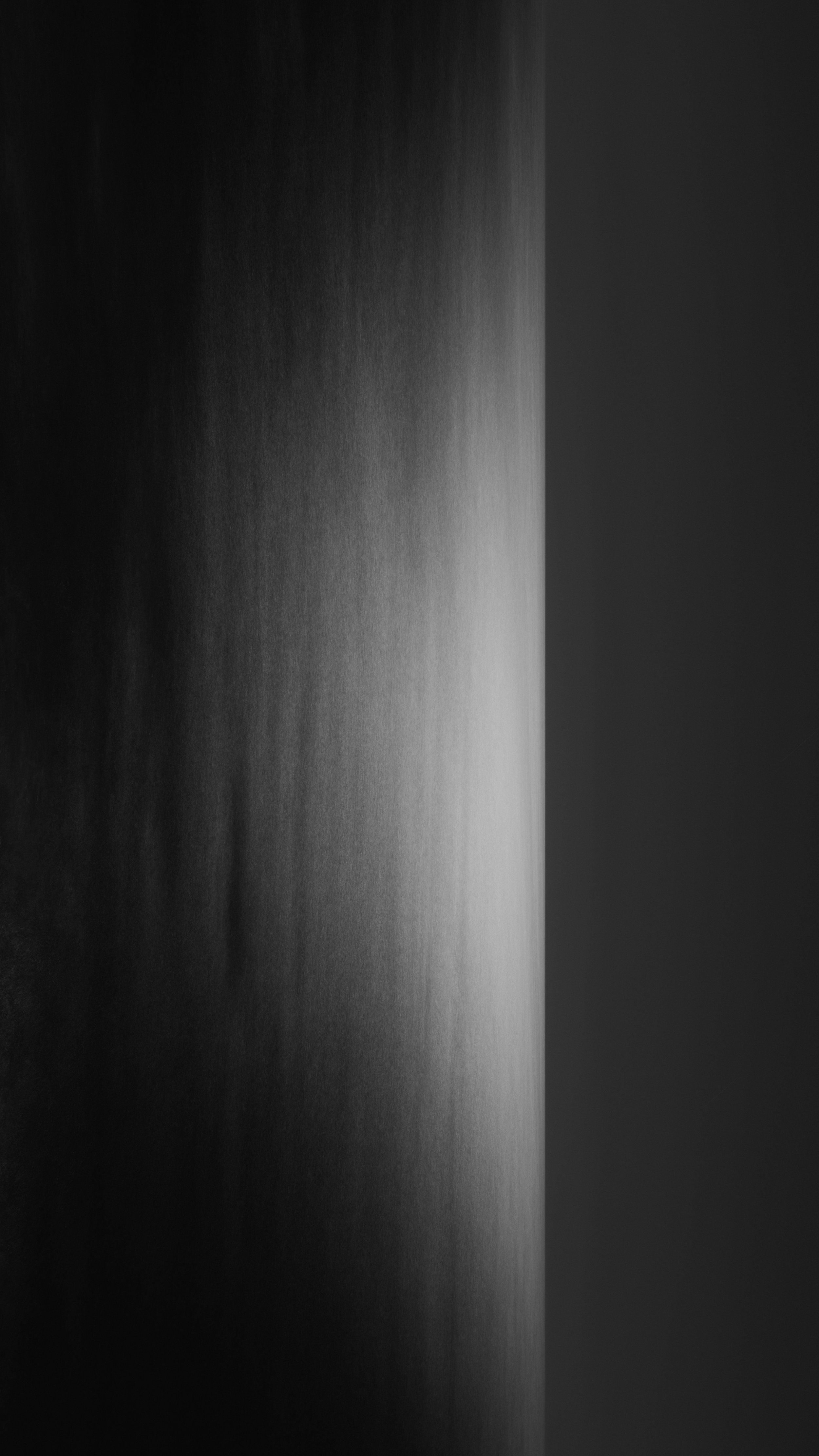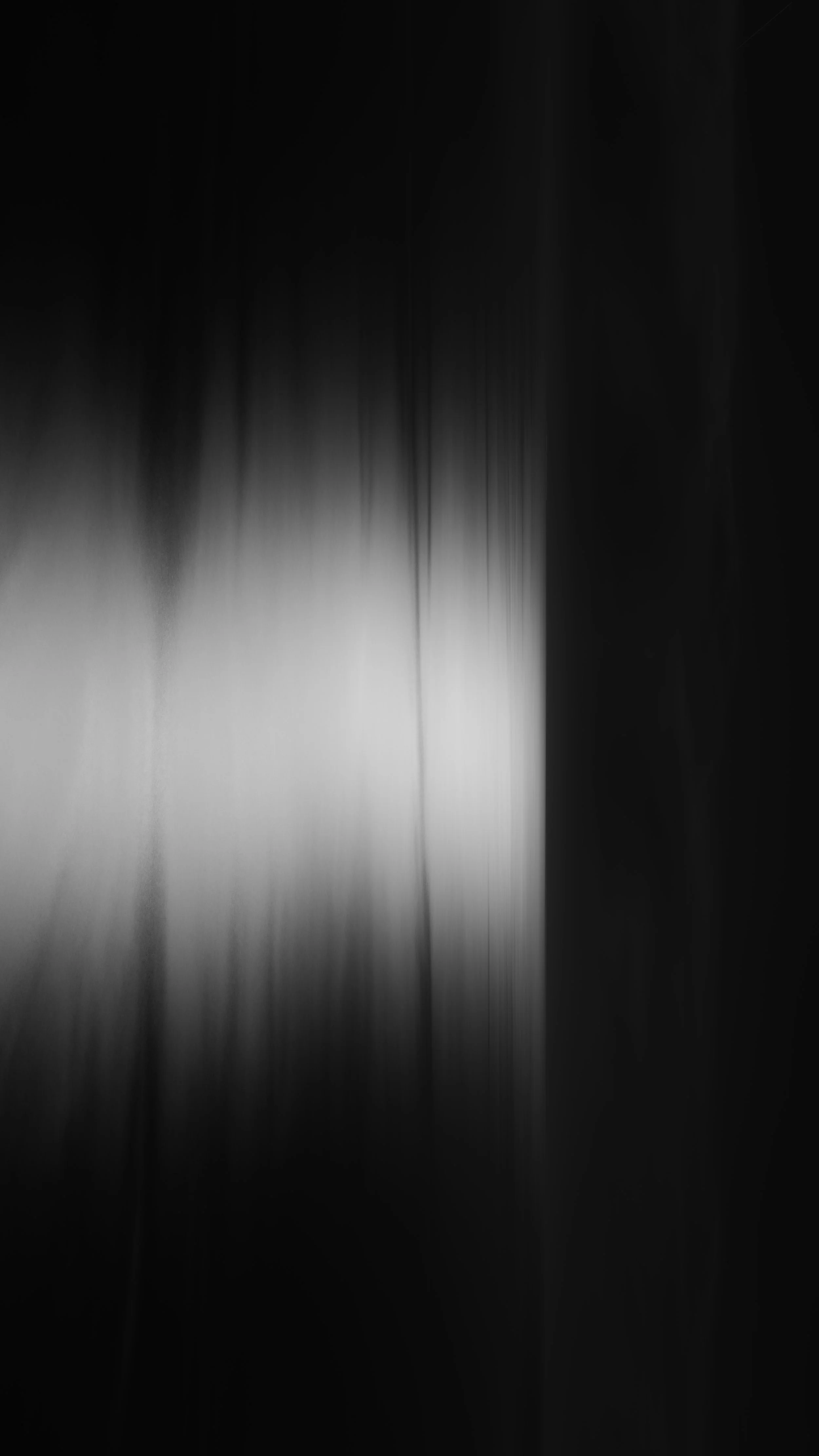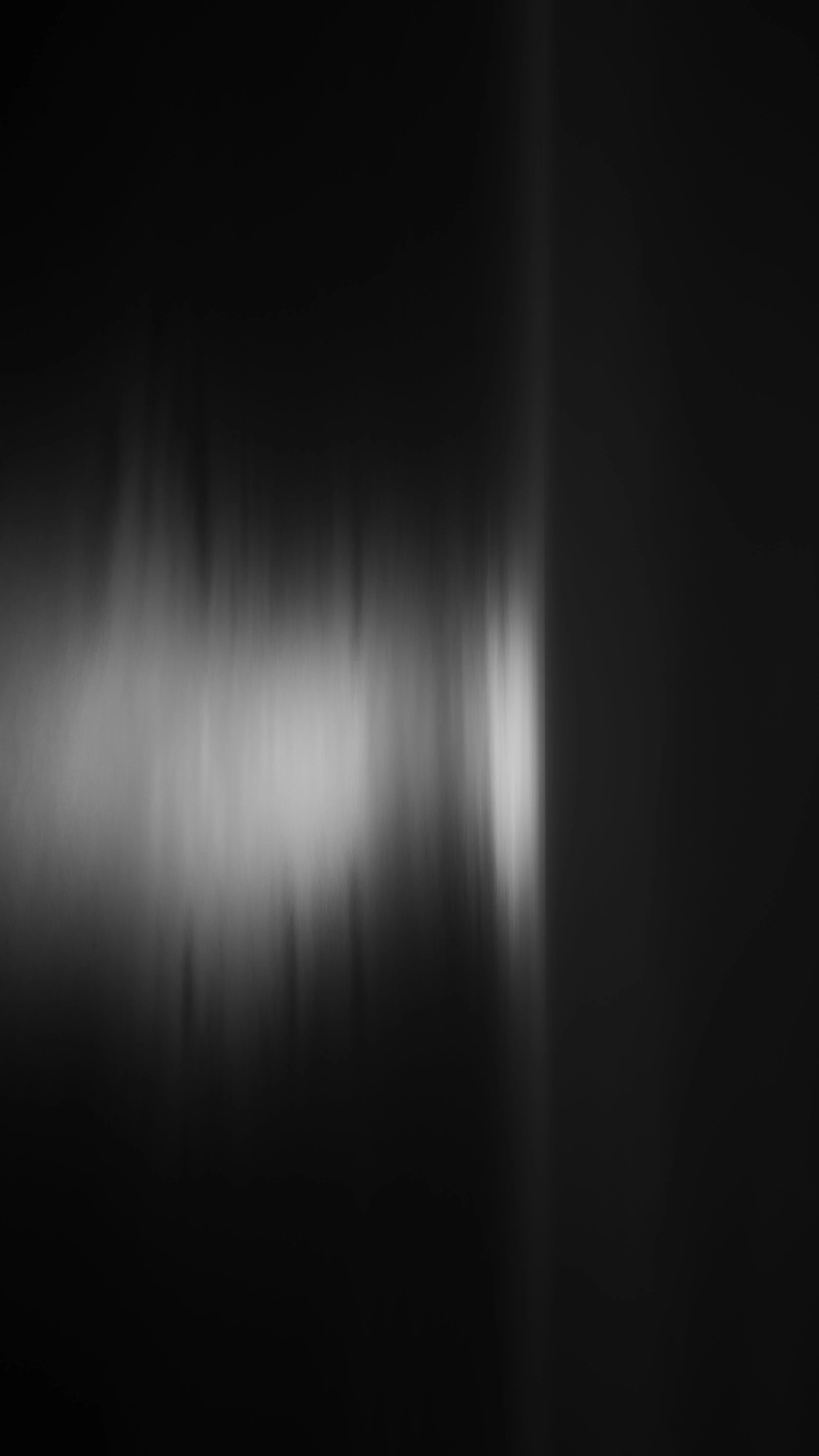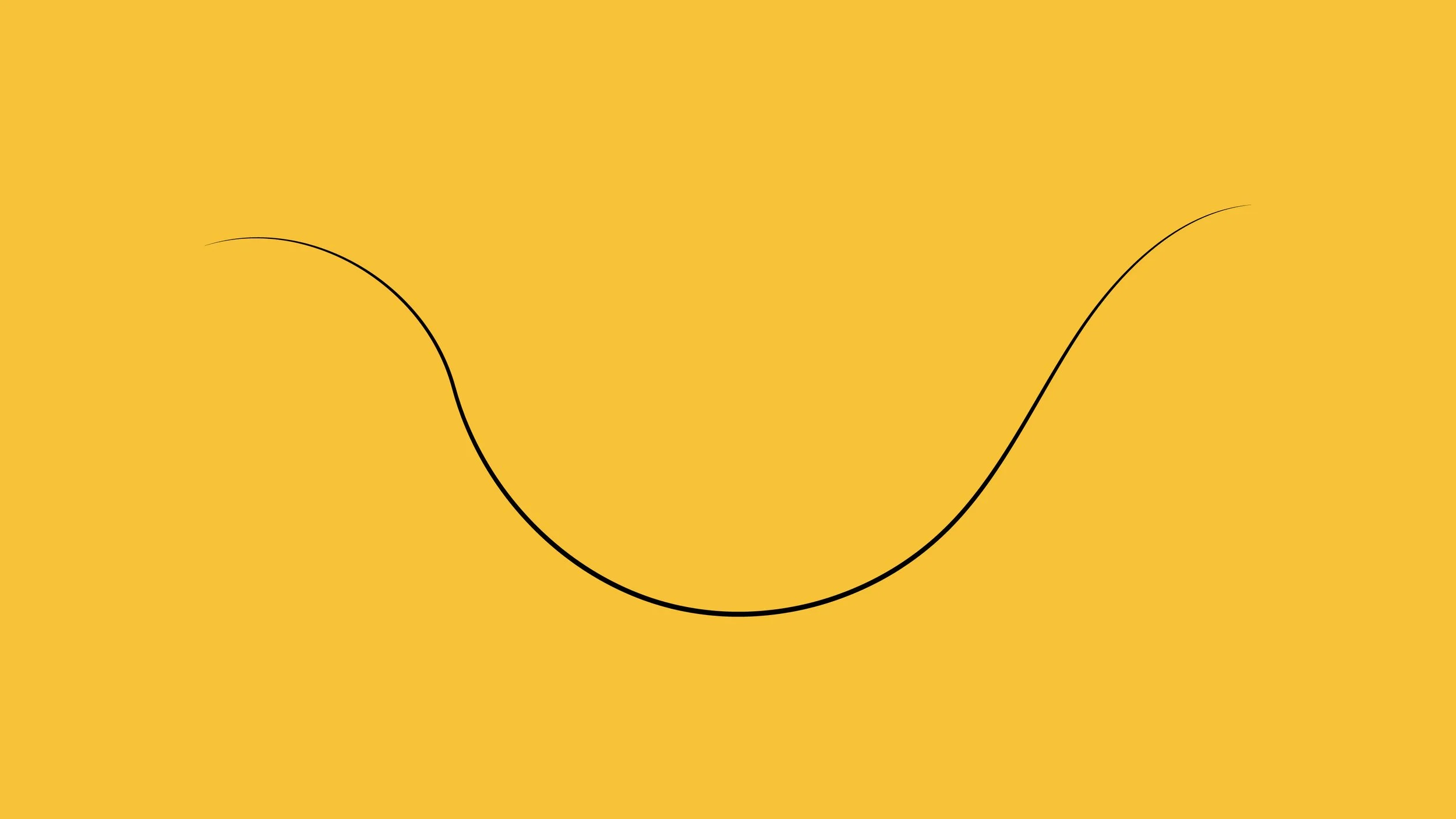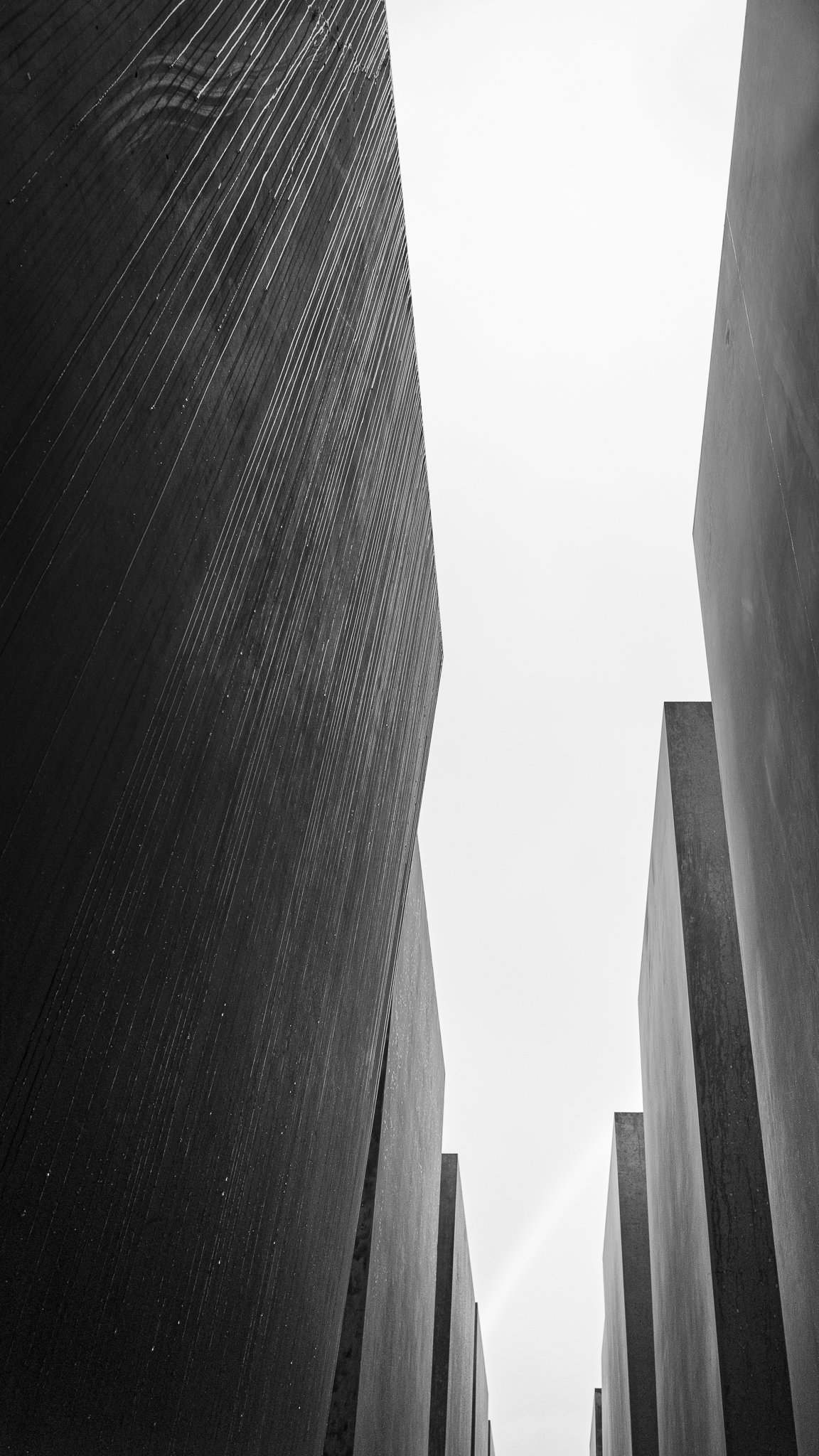Interaction of Light: Lightscapes
“Spatial experience is intimately connected with the experience of light.”
A continual theme in the journal has been to construct practice-based activities in photography. In parallel, the approaches of acclaimed Japanese photographer Hiroshi Sugimoto (b. 1948) have served as a point in which to deconstruct conceptual art, and reframe it in a design thinking context. This is particularly true in the case of analysing Seascapes back in 2020. The goal then was to interact with the composition for a more tactile purpose.
It has taken a further three years to organise another viable opportunity to frame the aesthetic and iterate new versions. In the intervening time, a design thinking approach to photography was formulated and articulated in the academic sphere — opening up a new area of critical thought for Indigenous to further explore. The goal of revisiting the seascape this time around is to bring forth some of those insights.
A particular benefit design thinking can offer photography is the promotion of a playful approach. As Paula Scher (TED, 2008) argues; the fruits of creative practice is a serious, not solemn engagement of play. In the context of the seascape — this can be achieved by considering it not as the solemn act of observing art, but the serious engagement of a structured activity. Play may be more aligned with the self-initiated approach of art thinking (Jacobs, 2018). However it is generally organised into a spatial and temporal game that is framed by a set of rules.
Rules tend to draw a rebellious response in the thought of adult play. Perhaps framework, or plan is a more appropriate use of vocabulary. But the point is a game, or play has a purpose; from imitation, to role-play, and even competition or sports. We subscribe to the parameters of play so that it doesn't plunge into chaos (Brown, 2009). In that sense, design thinking can be seen as a creative framework in which to organise periods of play — and a point in which art thinking can be structured through design thinking (Jacobs, 2018).
That said, part of the reluctance in adults, maybe even photographers, to engage in play is the fear of failure, or making mistakes. This is understandable, particularly in professional contexts. Moreover, the evolution of photographic technology is conditioned to minimising failure and recovering mistakes, with an endgame of perfecting the snapshot. In photography, the general notion of a failed photograph is when it is no longer considered a technical image (Alphen, 2018). Yet failure in design thinking is a virtue of testing and prototyping. In short: doing things differently.
Over time the snapshot essentially gentrifies the potential of a photographic image. Thus limiting the capacity of new ways of seeing and doing — transforming serious design into something more solemn (TED, 2008). However, it is through mistakes that one can actually grow creatively (ibid). Ideas, good or bad, need to run their course. This requires agency (Pla-Vivas, 2021), and a divergent mindset to ideation. In addition, the photographer, like design thinkers, must accept failure as an experience that can lead to insight.
Sugimoto himself addresses this in the series Revolution (2012). Iterations of seascapes he wanted to capture, but at odds with his concept were left dormant in his archive for many years. After which he rotated them clockwise by ninety degrees, changed the aspect ratio and reframed the context (Louisiana Channel, 2018). The result of this act of agency is the presentation of deliberately failed images from another design thinking task; briefing and reframing (Dorst & Paton, 2011).
One motive when using design thinking is to create a synergy between information, innovation and interaction in photography — using the core activities: Inspiration, Ideation and Implementation (IDEO Design Thinking, n.d.). If we consider Sugimoto’s original aesthetic to be inspiration, or a catalyst for study, then ideation can be the practice-based approach to create and formulate ones own context. With implementation the convergence of concept, followed by the curation and presentation of a new body of work.
While the common theme amongst contemporaries has been to focus on the equivalent division of air and water; the attention during this period of ideation was to consider the moon as a studio key light. Directing this particular session of play required an understanding of moon cycles in order to organise ideation sessions. Highlighting that planning, another virtue of design, optimises the time for creative play. As a natural light source, it offers no form of control. But through observation and time, one can learn the light effects of angle and intensity through the abstract moonlight on the water surface.
This iterative process evolved the seascape — from homage, to a new context: Lightscapes. Like Sugimoto, the breaking of convention in the technical image is achieved by rotating and cropping the image in post-production. However the intent behind this is a point of divergence. Firstly, the horizon is displaced — providing a greater proportion of image space for the abstract moonlight. This breaks the message of equal unity found in the seascape aesthetic. While the rotation has a functional purpose — the light is now projecting across, rather than down — removing the perception of the horizon being a natural representation.
Through both acts of transformation in the implementation of concept, the Lightscapes are reduced into a set of experiential infographics for understanding the direction and diffusion of light — simultaneously demonstrating the tension between agency and rules (or expectations) in photography. The rotation may be considered a gimmick, as the use of the crop factor: 9:16 (vertical HD). This however is a conscious choice. Firstly, it considers smart devices to be most common physical space in which viewers engage with images, it offers maximum compatibility with the image space for its intended destination.
Secondly, the vertical panorama is not a new concept. It has roots in traditional East Asian art, together with its own values for the distribution of space (Kepes, 1944). A further benefit in exploring the 9:16 crop factor in this composition is the ability for it to contribute to the communicative value of the image space. As Müller-Brockmann (1981) says: “A sensitive designer will always do his best to create the maximum tension in the proportions he chooses for his margins.” (Müller-Brockmann, 1981, p.39). This was equally useful in one of the visual strategies for the Denkmal für die ermordeten Juden Europas project.
While much of this discourse has focused on the potential of creative play through design thinking, it is worth reflecting that similar conclusions are reached in the critical thinking of photography, and art in general. Bourriaud (2002) says: “Artistic activity is a game, whose forms. patterns and functions develop and evolve according to periods and social contexts: it is not an immutable essence” (Bourriaud, 2002, p.11). Flusser (1983) also argues that for photographers: "Freedom is playing against the camera." (Flusser, 1983, p.80). While in the case of Sugimoto, Munesuke Mita (2008) refers to him as someone who reaffirms the leela, or playfulness of life.
There are multiple variations in the interpretation of such an aesthetic. Indeed, one only needs to conduct a modest image search to realise the seascape is not beholden to a singular artist. Andrea Hamilton’s series Time and Water (c. 2013), and several works by Belgian photographer Karel Mus demonstrate that familiarity is common place, regardless of the artists promotion of a personal voice. But, a potential benefit of design thinking over art thinking is the ability to explain the process more transparently. As the goal is not to market an artists vision, but to encourage a design thinking approach to facilitate creative play and iterate ways of seeing in photography.
References
Alphen, E. (2018). Failed Images: Photography and its Counter-Practices. Amsterdam: Valiz.
Bourriaud, N. (2002). Relational Aesthetics. Paris: Presses du Réel.
Brown, T. (2009). Change by Design. New York: HarperCollins.
Dorst, K. & Paton, B. (2011). Briefing and Reframing: A Situated Practice. Design Studies, Vol.32(6).
Flusser, V. (1983). Towards a Philosophy of Photography. London: Reaktion.
IDEO Design Thinking. (n.d.). Design Thinking Defined. Retrieved from https:// designthinking.ideo.com
Jacobs, J. (2018). Intersections in Design Thinking and Art Thinking: Towards Interdisciplinary Innovation. Creativity, 5. 4-25.
Kepes, G. (1944). Language of Vision. USA: Literary Licensing, LLC.
Louisiana Channel. (2018). Hiroshi Sugimoto: Between Sea and Sky. Retrieved from https://channel.louisiana.dk/video/hiroshi-sugimoto-between-sea-and-sky
Mita, M. (2008). The Horizon of Time, or a Sea of Tranquility. Seascapes. Bologna: Damiani. 4-9.
Müller-Brockmann, J. (1981). Grid Systems in Graphic Design. Zurich: Niggli Verlag.
Pla-Vivas, V. (2021). Operating in Alternative Photography: Agency Through Prolonged Photographic Acts. Journal of Visual Art Practice, 20(1/2). 64-80.
Sugimoto, H. (2012). Revolution. Germany: Hatje Cantz Verlag.
Sugimoto, H. (2015). Seascapes. Bologna: Damiani.
Sugimoto, H. (n.d.). Retrieved from https://www.sugimotohiroshi.com
TED. (2008). Paula Scher: Great design is serious, not solemn. Retrieved from https://www.ted.com/talks/paula_scher_great_design_is_serious_not_solemn




